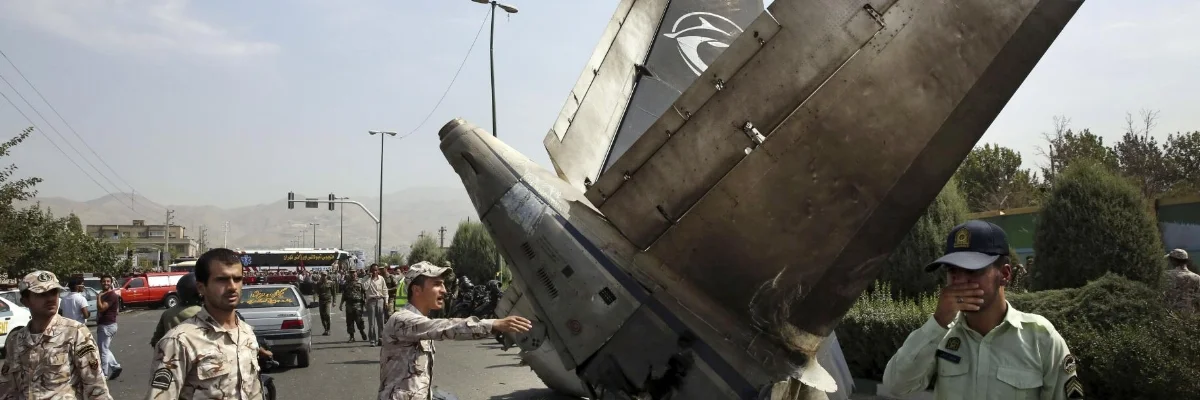European Pharmaceutical Exports to Iran Fall Sharply
Editor’s Note: In the course of writing this report, it was discovered that there are major discrepancies in the data on Denmark’s pharmaceutical exports to Iran as presented by Eurostat and Danmark Statistik. The Danish exports cited below are as reported from Eurostat, but the data is pending correction. We are in touch with the relevant agencies to find out why the data is inconsistent. There is no reason to believe Eurostat figures are otherwise inaccurate.
Data from Eurostat and the Swiss Federal Customs Administration show that European exports of pharmaceutical products to Iran have fallen considerably on a year-on-year basis. While some of Iran’s smaller trade partners have seen total export values rise, Iran’s top sources of European pharmaceutical products are seeing exports contract.
Looking to cumulative export totals from January to September—the most recent month for which data is available—exports among the 28 member states of the European Union are down 6 percent when compared to the same point last year, while the total quantity exported has fallen 10 percent. Among the 6 member states which exported in excess of EUR 30 million in pharmaceutical products to Iran in 2017, only Germany and the Netherlands have seen export volumes rise this year.
German exports were about EUR 40 million in September 2018, the largest one-month total in the past two years and perhaps an indication of stockpiling by Iranian importers. However, Austria, Italy, France and Belgium have all seen exports fall substantially indicating that any stockpiling is not widespread.
Switzerland is Iran’s second largest source of European pharmaceutical products after Germany. While Swiss exports were down 43 percent year-on-year in September, the figures have regained some ground. October data, which is available in Switzerland, shows exports now down 21 percent, from a cumulative total of CHF 156 million in October 2017 to CHF 123 million in October of this year.
These concerning figures may explain why the Swiss government has opened a dialogue with the Trump administration on establishing a dedicated channel for humanitarian trade.
Aside from their humanitarian importance, pharmaceutical products are a major component of bilateral trade between Europe and Iran, accounting for 7 percent of total exports from the European Union to Iran, and about 40 percent of Swiss exports to Iran, a reflection of Switzerland’s standing as a world-leader in the pharmaceutical sector. Overall, Iran imported nearly EUR 1 billion in pharmaceutical products from Europe last year.
The new export data substantiates fears that reimpostion of US secondary sanctions on Iran has begun to restrict humanitarian trade, despite the fact that the sale of humanitarian goods, including pharmaceutical products, is technically sanctions exempt. This disruptions are already being felt in Iran, as medical professionals report new shortages of critical medications.
One of the persistent questions surrounding shortages of medicine in Iran is whether they are caused primarily by interruptions in the supply chain outside Iran or by challenges inside Iran. Reports of delays at customs, hoarding by wholesalers, and panic buying by consumers suggest that the shortages are likely exacerbated by domestic circumstances.
However, the clear drop in exports from Europe indicates that fewer pharmaceutical products are arriving at Iran’s ports in the first place. Europe is by far the most important source of medicine and medical devices for the Iranian market.
Reduced sales could be the result of the increased cost of importing medication due to the devaluation of the rial or difficulties faced by Iranian importers in securing allocations of the necessary foreign currency to make the purchases.
But given that consumers are generally price insensitive when it comes to essential goods like medication, and given that the Iranian government has prioritized foreign exchange allocations for importers of essential goods, it is more likely that the fall in European pharmaceutical exports to Iran is related to the widely reported banking difficulties that are effecting Europe’s humanitarian trade with Iran.
While European exports may have rebounded beginning in October, is unlikely that situation will look very different when data is made available for the final quarter of the year.
As Europe works to establish a special purpose vehicle (SPV) to address the limited banking channels available for exporters, thereby enabling a greater volume of trade with Iran, there will be significant pressure for the forthcoming mechanism to focus on humanitarian trade first. This year, every EU member state has exported pharmaceutical products to Iran, demonstrating broad commercial interest that could help incentivize cooperation among member states to establish an SPV for humanitarian trade.
Europe must ensure a quick rebound in pharmaceutical exports, not simply for the sake of those suffering from illness in Iran, but also to demonstrate its ability to protect its trade starting with where it should be least vulnerable—the export of sanctions exempt products.
Photo Credit: IRNA




